“At this stage, I have been writing and thinking about what’s going on without trying to control it,” Martínez Celaya says standing with half his body facing the painting and the other toward me. He contends that “The Promise of the Most Whole” and much of the works in “The Tears of Things,” are more focused on “the land, and more about journey, and risk and transformation,” while the sea was a dominant motif in “The Mariner’s Meadow” at Blain|Southern, London. Presenting the roaring ocean in shades of gold, the painting titled “The Second Sign,” is a continuation in the artist’s preoccupation with gold. The terrain has shifted from the water to land which sparks the question for Martínez Celaya, “what happens when the entire landscape that you are engaging with seems to be transforming into gold?” The color gold can be considered an allegory for painting- the presentation of a shining, glistening surface that has risen from the ashes to serve as a beacon. However, there is a tension between the subject and the artifice of the surface. In a conscious decision, Martínez Celaya crudely renders the gold to suggest gold but also acknowledge the crudely painted paint.
While writing is an integral part of his artistic practice, the subjects of each painting are rendered without reference to any source, just as a writer doesn’t begin in pencil to trace over selected words in ink. The paintings undergo a revision just like a piece of writing. “There’s a lot of writing in my notebooks and I have this desire and hope that there will be a lot of text in these paintings when they’re done,” he says while mixing more auburn shades into the golden trunk. “I still haven’t figured out why it is that text appears sometimes early and sometimes later,” he explains. The paintings are often inscribed with words and this weight makes them feel like poems as Martínez Celaya suggests, “I think that sometimes it feels as if the paintings are poems anyway because the aspect of space between words is so important to them that they should be considered poems in themselves.” The narrative of his poetic paintings often shifts depending on who is reading the works, especially because Martínez Celaya’s personal story references turbulent cultural climates in his native Cuba and upbringing in Spain and Puerto Rico. To achieve autonomy from his work so that they are not dependent on his story and symbols, the artist commits to making his actions faithful. Painted in the artist’s light cursive hand, the same message appears on the highest point of the wall, looking down onto the studio space below. Looking up at the message the artist explains that “the idea is that your actions and your words will be the same. If I am saying something to you and the moment you leave I am acting completely different, then that’s kind of a lie that not only destroys you as an individual but destroys you as an artist.” Pointing to a table on the opposite end of the gallery, the artist refers to the photographs and objects placed along the wall. “None of those things are mementos,” he insists. “They look like they are, but they are not. They’re all rulers by which I measure my behavior,” he states after smudging the canvas with a blue cloth.” – per website
– for more information on additional images from this event please contact EMS at [email protected] or Instagram at @ericminhswenson



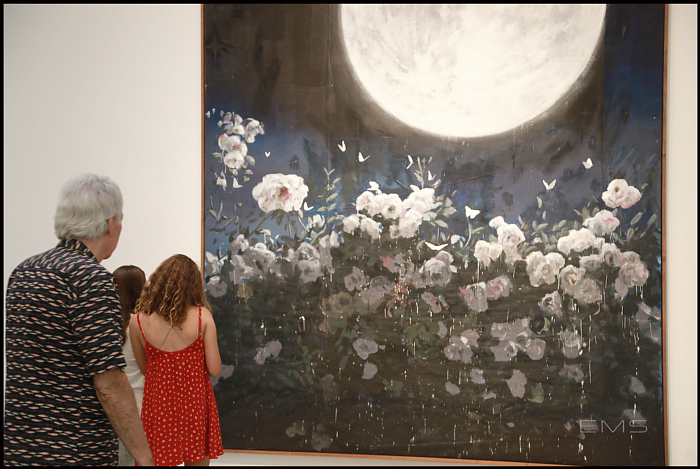
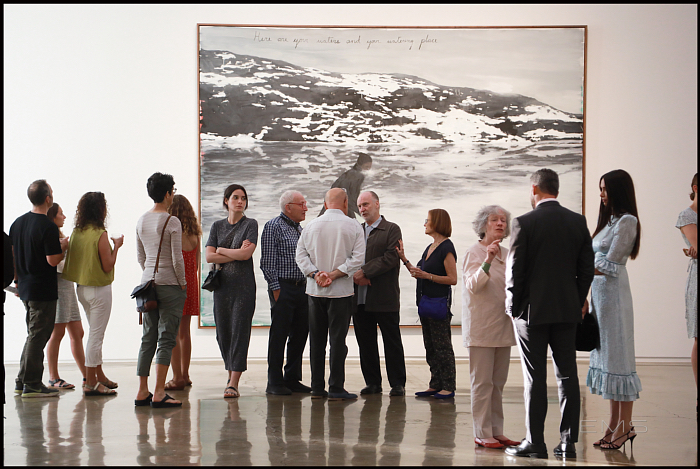


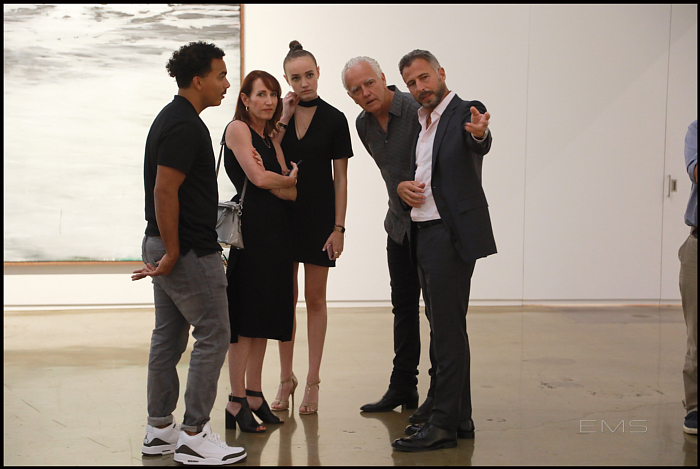
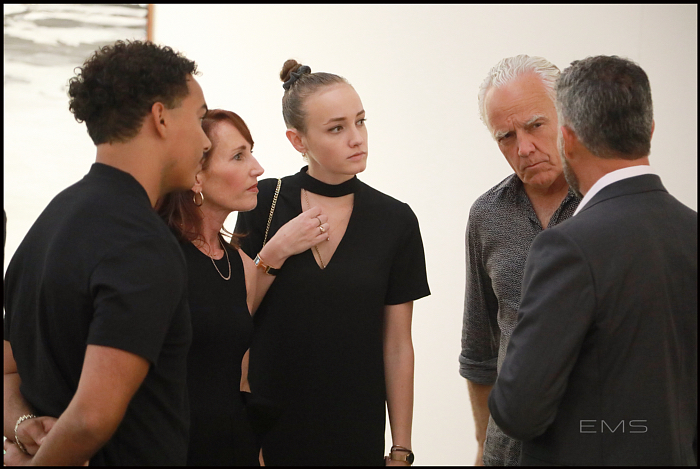



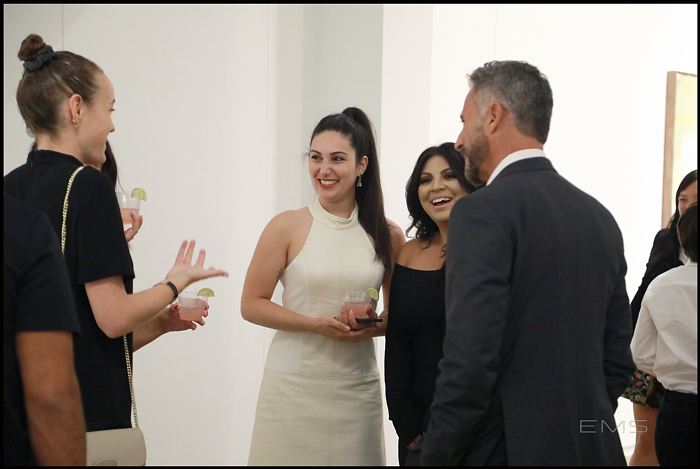
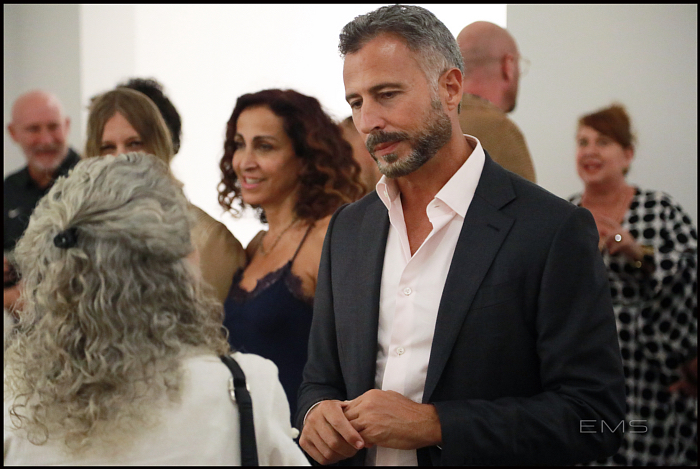

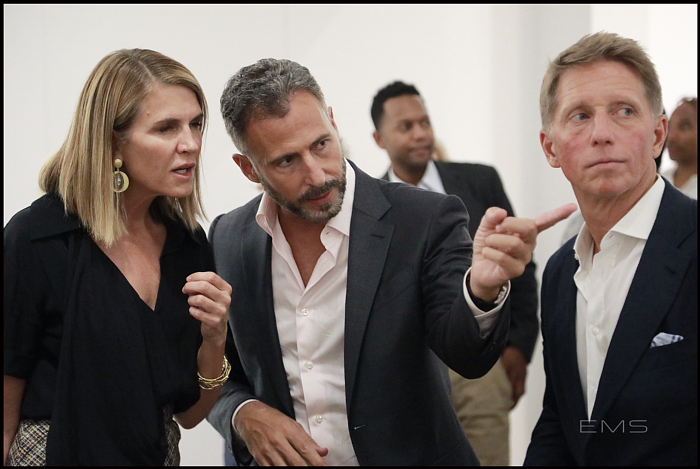
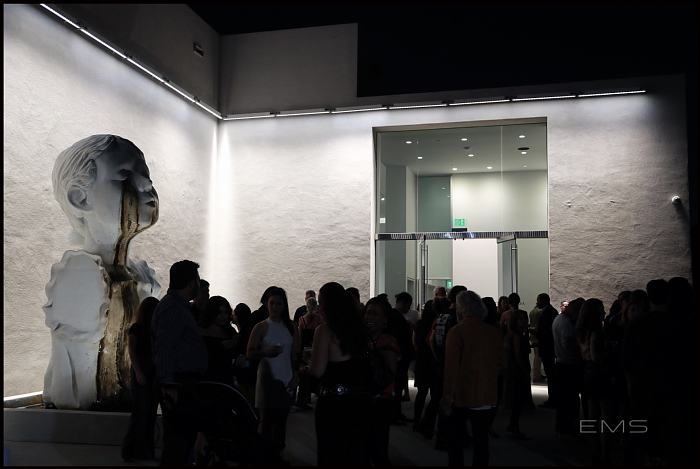
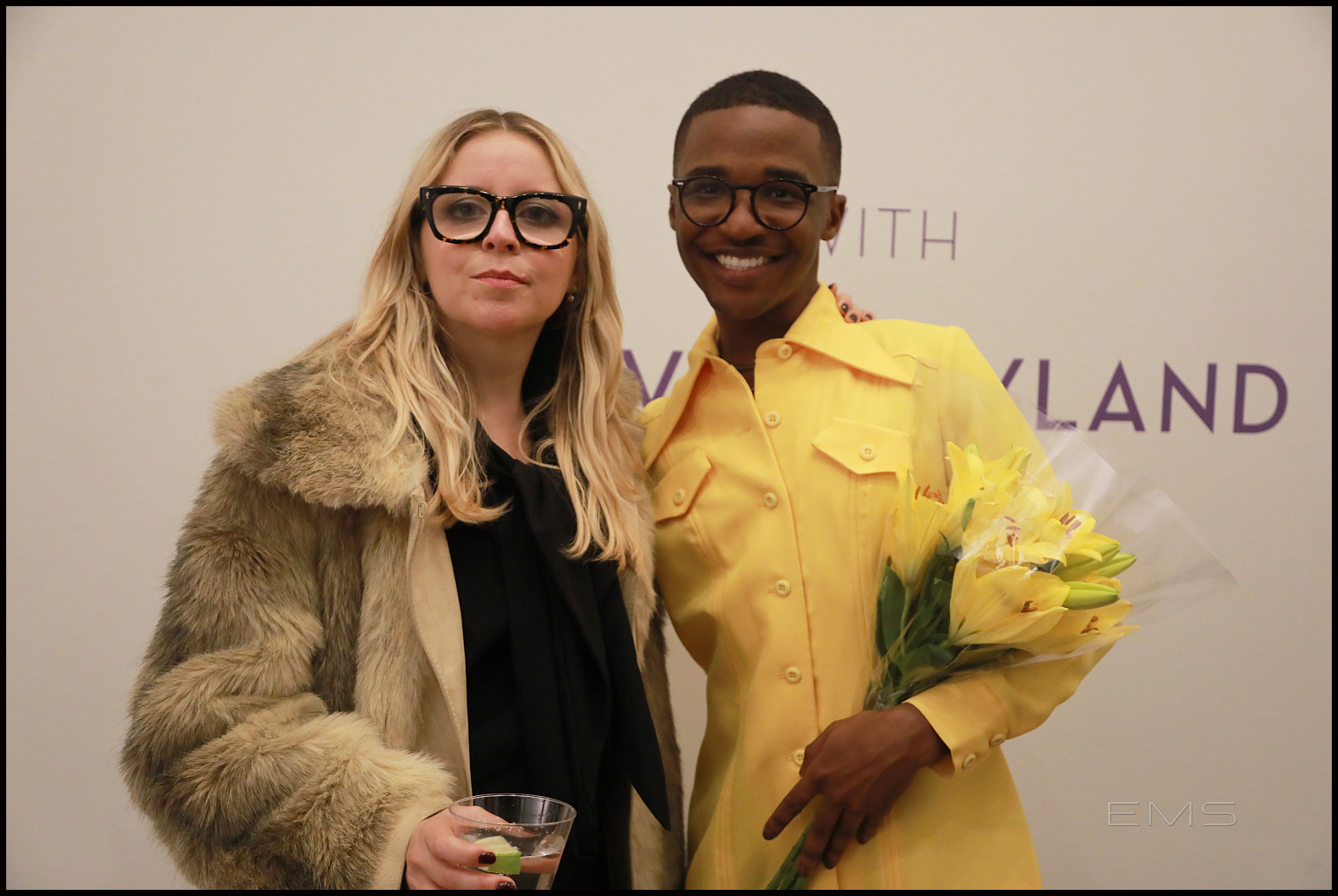
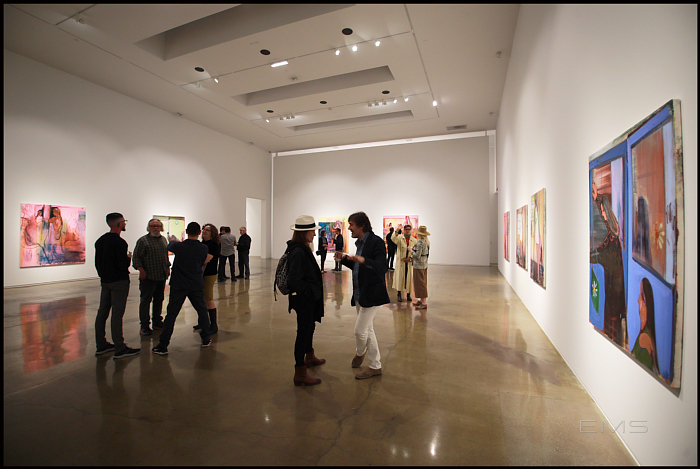
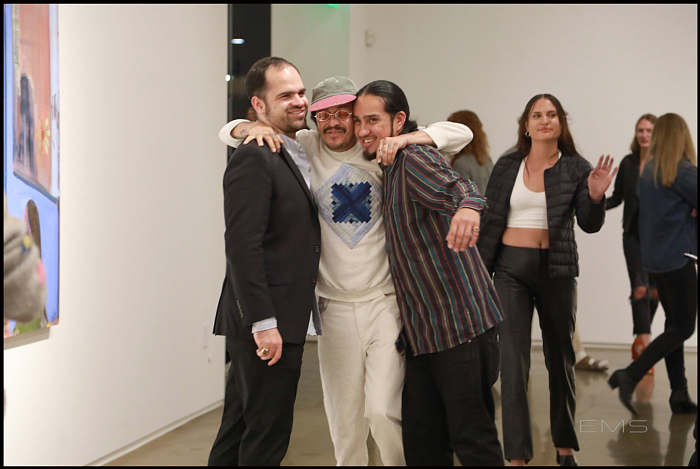
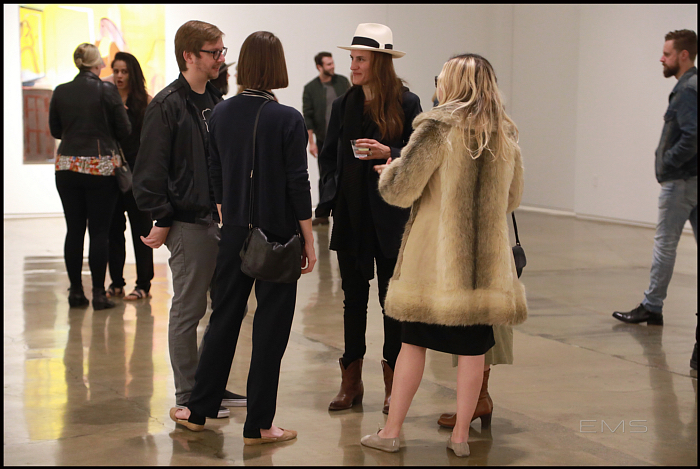

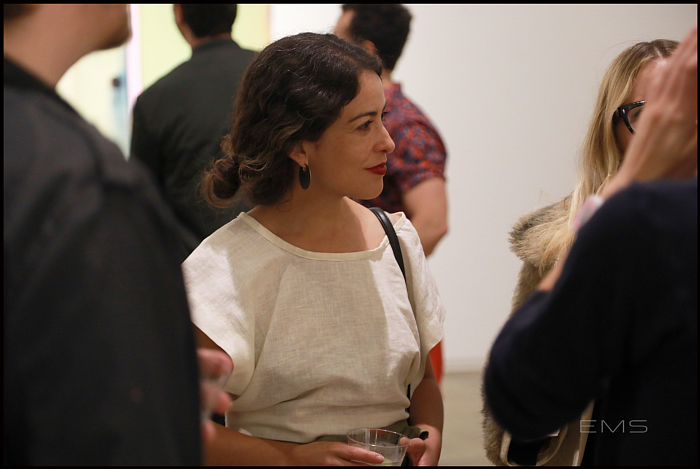
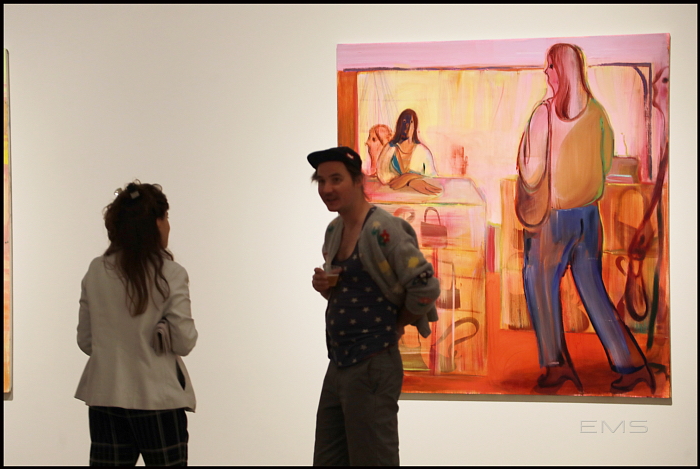
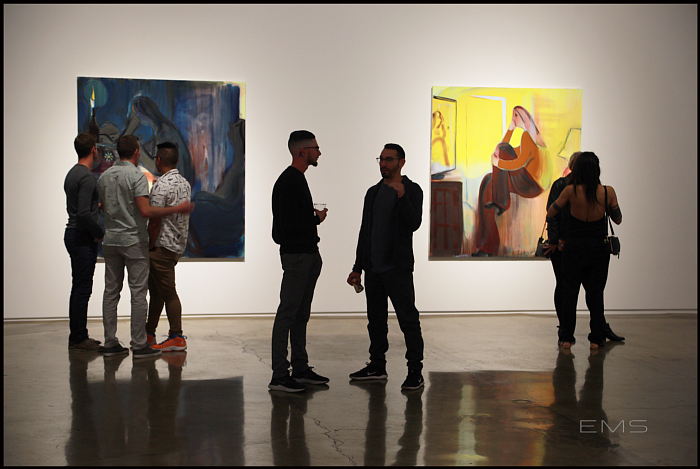
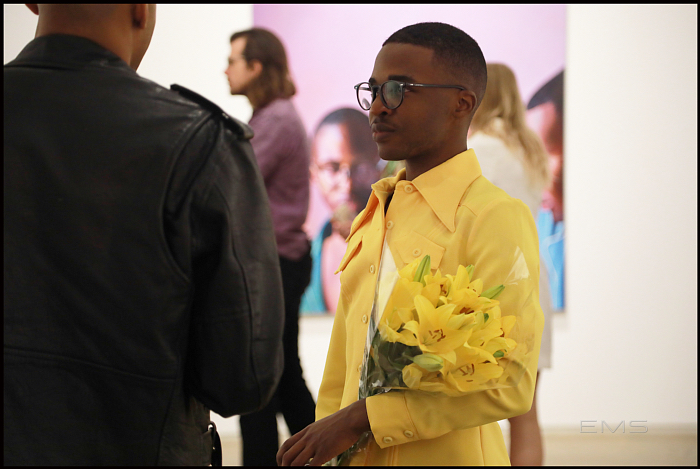
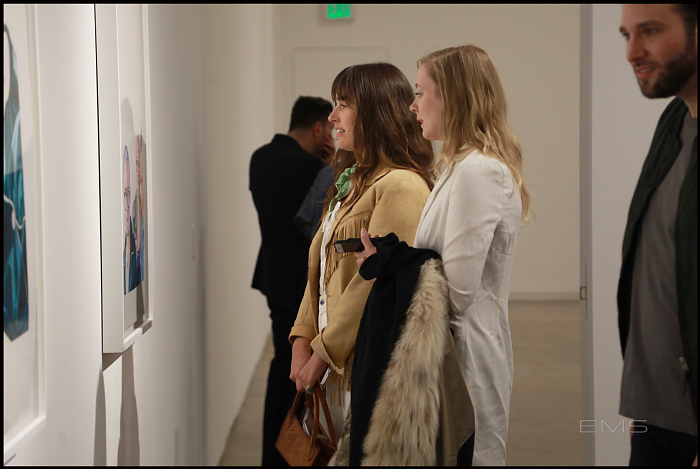

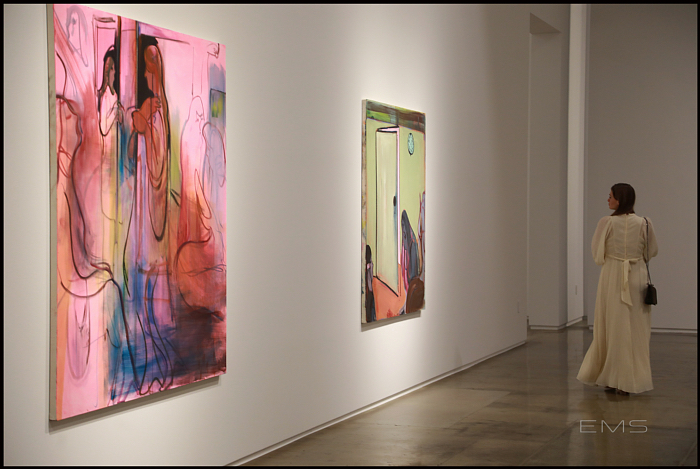
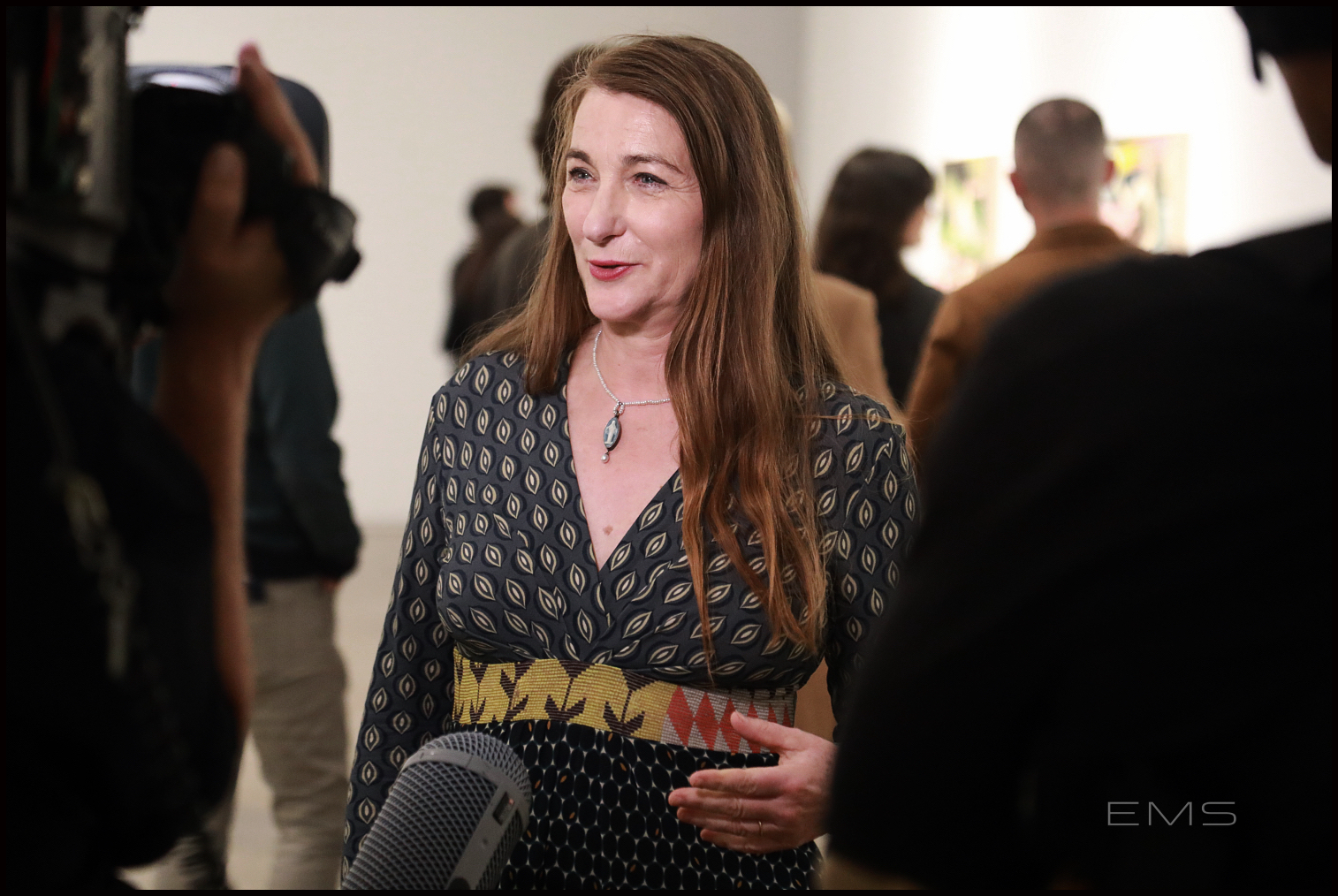
Recent Comments